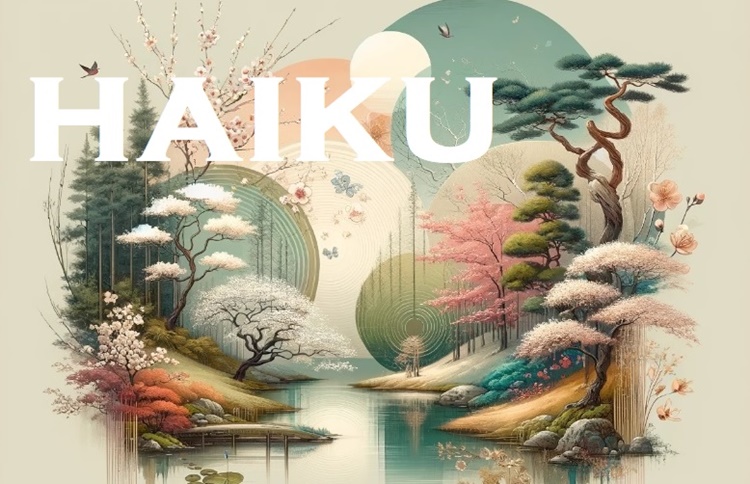List of Haiku Examples & What they Actually Mean
HAIKU EXAMPLES – You can check here some of the best examples of this traditional Japanese poems as well as their meanings.
Are you one of the people who are into writing? Across the globe, there are countless individuals who would rather dive deep into writing masterpieces, whether creating one or reading the works of other people, than do other things. There are many word aficionados who could best express themselves through joining words together.

In the study of literature which includes the work of word art, aside from the different English poems written by ordinary and known authors, there are also Haikus or tradition Japanese-style poems. This kind of poem is often free-style and it is usually part of the curriculum.

A Haiku is a Japanese style of writing a poem which is composed of three (3) lines with 17 syllables. The first and third lines of a Haiku poem is composed of five (5) syllables each while the second line is composed of 7 syllables.
A Haiku poem speaks about the comparisons of nature to emotions and other intangible emotions. Since this is a free-style form, it does not have to be rhymed. There are countless Haikus online.
At the windowpane,
sleet; and here in the dark house—
the ticking of clocks.
This Haiku written by O. Mabson Southard shows a moment of introspective stillness in this art of words. It emphasizes the quiet and unnoticed parts of life. The American poet loves doing Haikus.
Love between us is
speech and breath, loving you is
a long river running.
Sonia Sanchez wrote this Haiku. This work of art draws similarities between the nature of love and river.
Temple bells die out
The fragrant blossoms remain
A perfect evening.
This Matsuo Basho masterpiece, one the best Haiku examples, emphasizes an evening scene where the temple bells’ sound may fade but remain linger through the fragrance of blossoms.
Life’s little, our heads
sad. Redeemed and wasting clay
this chance. Be of use
Ravi Shankar wrote this Haiku and it has a darker approach on the briefness of life. Clay means there is an opportunity to shape one’s life and it is best to use it well for its brevity.
Fathers die, but sons
catch the grave chill, looking in
at lost forgiveness.
Also one of the Haiku examples is this masterpiece by Hayden Carruth. This work of the American poet depicts the complexity of the relationships among fathers and sons through this masterpiece. Carrith loves to make pieces of writing from his personal experiences in life.
First autumn morning
the mirror I stare into
show’s my father’s face.
Another of the Haiku examples is this work of Japanese poet Murakami Kijo. He is significant publishing of a literary magazine responsible for popularizing modern Haiku in Japan. This Haiku was written in Tokyo in 1865 and its shows the person’s struggle with mortality.
Look at the white moon
The sphinx does not question more.
Turn away your eyes.
This Japanese-styled poem was penned by Lewis G. Alexander. He refers to the sphinx as enduring mysteries. Alexander, an African-American poet, wants the readers to realize that there are situations that are beyond the understanding of people.
